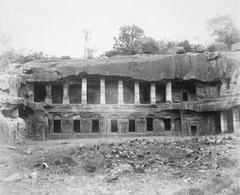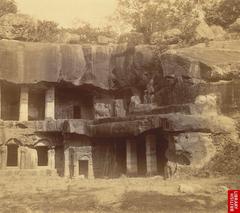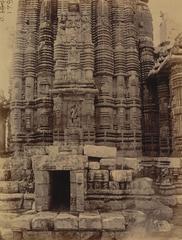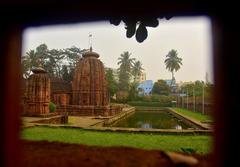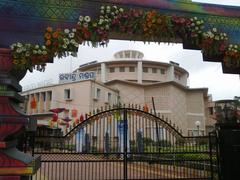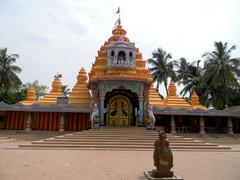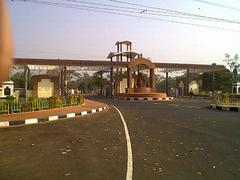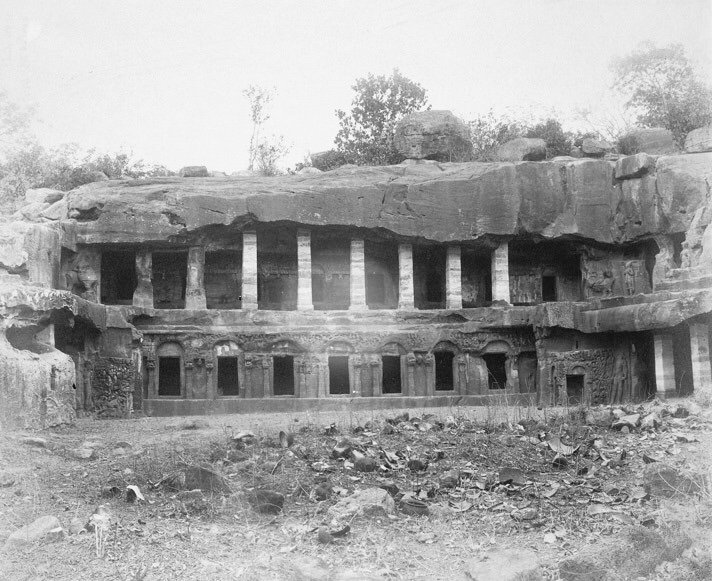
Comprehensive Guide to Visiting Khandagiri, Bhubaneswar, India
Date: 17/07/2024
Introduction
Khandagiri, along with its twin Udayagiri, stands as a monumental site of historical and archaeological significance in Bhubaneswar, Odisha, India. Renowned for its ancient rock-cut caves and profound Jain heritage, Khandagiri attracts history enthusiasts, spiritual seekers, and curious travelers from around the globe. The origins of these caves date back to the 2nd century BCE, during the reign of King Kharavela of the Mahameghavahana dynasty, who is celebrated for his patronage of Jainism. The caves were meticulously excavated as residential blocks for Jain monks, showcasing ancient rock-cut architecture and religious zeal (Odisha Tourism).
The site comprises 15 caves, each with unique features and historical significance. The Ananta Cave (Cave 3), for instance, is particularly notable for its intricate carvings and inscriptions. These caves illustrate the advanced engineering and artistic skills of the period, depicting scenes from Jain mythology, royal processions, and everyday life (ASI). The Hathigumpha inscription, located in the nearby Udayagiri caves, provides a detailed account of King Kharavela’s life and achievements, serving as a critical source for understanding the history of ancient Odisha and the spread of Jainism in the region (Indian Epigraphy).
Khandagiri’s religious significance is underscored by its use as monasteries for Jain monks, with numerous Jain Tirthankara images and symbols highlighting the site’s importance as a center of Jain worship and learning (Jain Heritage). The influence of King Kharavela on Khandagiri is profound, with his reign considered a golden period for Jainism in Odisha, supported by his efforts in building temples and other religious structures (Kharavela’s Legacy). This guide aims to provide a comprehensive overview of Khandagiri’s history, architectural and religious significance, practical visitor information, and travel tips to ensure an enriching experience for all visitors.
Table of Contents
- Introduction
- Ancient Origins
- Architectural Significance
- Inscriptions and Epigraphy
- Religious Significance
- Influence of King Kharavela
- Cultural Interactions
- Visitor Information
- Travel Tips
- Preservation and Conservation
- Modern-Day Relevance
- FAQ
- Conclusion
Ancient Origins
Khandagiri dates back to the 2nd century BCE during the reign of King Kharavela of the Mahameghavahana dynasty. King Kharavela is celebrated for his patronage of Jainism, leading to the excavation of the caves as residential blocks for Jain monks. The caves showcase ancient rock-cut architecture and religious fervor (Odisha Tourism).
Architectural Significance
The Khandagiri caves, a marvel of ancient Indian rock-cut architecture, consist of 15 caves, each with unique features and historical significance. The Ananta Cave (Cave 3) is particularly notable for its intricate carvings and inscriptions. These caves illustrate the advanced engineering and artistic skills of the period, depicting scenes from Jain mythology, royal processions, and everyday life (ASI).
Inscriptions and Epigraphy
Khandagiri’s inscriptions, primarily in Brahmi script, are a treasure trove of historical information. The Hathigumpha inscription, located in Udayagiri but closely related to Khandagiri, details King Kharavela’s life and achievements. This 17-line inscription is crucial for understanding the history of ancient Odisha and Jainism’s spread in the region (Indian Epigraphy).
Religious Significance
Khandagiri holds immense religious significance for the Jain community. The caves were used as monasteries for Jain monks, with numerous Jain Tirthankara images and symbols underscoring the site’s importance as a center of Jain worship and learning (Jain Heritage).
Influence of King Kharavela
King Kharavela’s influence on Khandagiri is profound, with his patronage of Jainism evident in the construction of the caves. His reign is considered a golden period for Jainism in Odisha, supported by his efforts in building temples and other religious structures (Kharavela’s Legacy).
Cultural Interactions
Khandagiri’s history is marked by cultural interactions between different religious and social groups. While predominantly Jain, there is evidence of Buddhist and Hindu influences, reflecting a confluence of cultures in the art and architecture of the caves (Cultural Interactions).
Visitor Information
- Visiting Hours: Khandagiri is open from 9:00 AM to 5:00 PM daily.
- Ticket Prices: Entry fees are INR 15 for Indian citizens and INR 200 for foreign nationals. Children below 15 years are free.
- Best Time to Visit: The ideal time to visit is from October to March when the weather is pleasant.
- Guided Tours: Available at the site, enhancing the understanding of its historical context.
Travel Tips
- Accessibility: The site is accessible by road from Bhubaneswar, with public transport and taxis readily available.
- Nearby Attractions: Visit Udayagiri Caves, Lingaraja Temple, and Dhauli Shanti Stupa.
- Photography: The caves offer excellent photographic opportunities, especially during sunrise and sunset.
Preservation and Conservation
The preservation of Khandagiri is a priority for the Archaeological Survey of India (ASI) and the Odisha State Government. Efforts include protecting the caves from damage and maintaining the structural integrity of the carvings and inscriptions (ASI Conservation).
Modern-Day Relevance
Khandagiri is not just a historical site but also a popular tourist destination. It hosts cultural events and festivals that celebrate Odisha’s heritage, attracting visitors from around the world (Odisha Tourism).
FAQ
- Q: What are the visiting hours for Khandagiri?
- A: Khandagiri is open from 9:00 AM to 5:00 PM daily.
- Q: What is the entry fee for Khandagiri?
- A: Entry fees are INR 15 for Indian citizens and INR 200 for foreign nationals. Children below 15 years are free.
- Q: Are guided tours available at Khandagiri?
- A: Yes, guided tours are available and highly recommended for a comprehensive understanding of the site.
Conclusion
Khandagiri’s history is a rich tapestry of religious devotion, architectural innovation, and cultural interactions. From its origins in the 2nd century BCE under King Kharavela to its modern-day status as a heritage site, Khandagiri continues to captivate and inspire. The caves stand as a testament to the enduring legacy of Jainism and Odisha’s cultural heritage, offering invaluable insights into the ancient past (Khandagiri History).
References
- Odisha Tourism. (n.d.). https://odishatourism.gov.in
- Archaeological Survey of India (ASI). (n.d.). https://asi.nic.in
- Indian Epigraphy. (n.d.). https://epigraphy.in
- Jain Heritage. (n.d.). https://jainheritage.in
- Kharavela’s Legacy. (n.d.). https://kharavela.in
- Cultural Interactions. (n.d.). https://culturalheritage.in
- ASI Conservation. (n.d.). https://asi.nic.in/conservation
